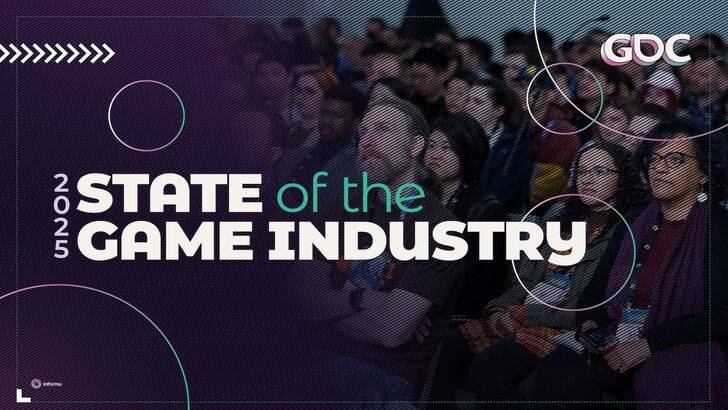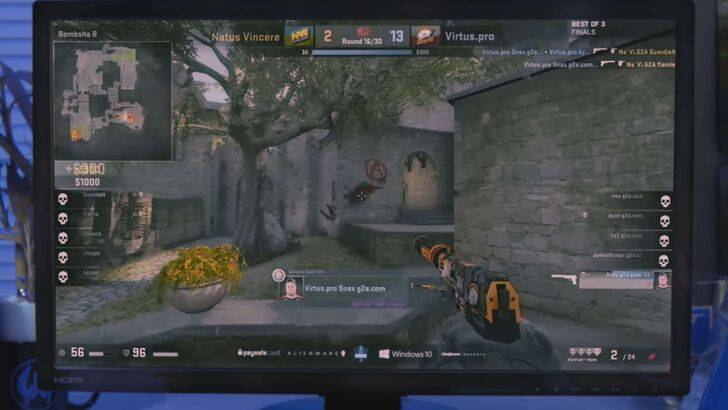Here is the optimized and SEO-friendly version of your article, written to align with Google’s content guidelines and improve readability while maintaining the original structure:

GDC’s 2025 State of the Game Industry report has revealed a major shift in game development trends, with 80% of developers now focusing their efforts on PC platforms. This marks a significant jump from previous years and highlights how the PC gaming ecosystem continues to grow in influence.
Dive into the latest insights from the GDC 2025 report to understand what’s driving this trend and how it could shape the future of gaming across consoles, mobile, and PC.
The 2025 State of the Game Industry Report
80 Percent of Game Developers Are Building for PC

According to the latest findings from the Game Developers Conference (GDC) 2025 State of the Game Industry Report, released on January 21, 2025, 80% of game developers are currently developing games for PC—a notable increase from the 66% reported in 2024.
The GDC report is an annual survey that gathers data from developers worldwide, offering valuable insight into current industry trends, challenges, and opportunities.
This year’s results show a 14% rise in PC-focused development compared to last year, which the report suggests may be partially linked to the growing popularity of Valve’s Steam Deck. Although the Steam Deck wasn’t listed as a specific platform option, many developers who selected “Other” noted that they were targeting the handheld device specifically, with 44% of those respondents citing Steam Deck interest.

While last year’s report already labeled PC as the "dominant platform," despite rising attention around UGC platforms like Roblox and Minecraft, and anticipation for the upcoming Nintendo Switch 2, PC's dominance continues to strengthen.
Looking back at the numbers, PC development has steadily increased from 56% in 2020 to 66% in 2024, and now 80% in 2025. If this upward trend continues, we can expect even more high-quality titles launching exclusively or first on PC, further expanding its already massive library.
However, the release of the next-generation Nintendo Switch could potentially impact this growth, drawing some developer focus back toward hybrid console development.
One-Third of AAA Developers Are Working on Live Service Games

Beyond platform preferences, the GDC report also highlighted a growing trend in game monetization and design models. Specifically, one-third (33%) of AAA developers are currently working on live-service games, while an additional 16% of all respondents are involved in such projects.
When asked about their interest in live service development, 13% of developers expressed intent to create one, while nearly half (41%) stated they had no interest in pursuing this model.
Developers who are engaged in live-service development often cite the financial benefits and potential for long-term community engagement. However, others have raised concerns over issues such as:
- Declining player interest over time
- Creative limitations
- Overuse of microtransactions
- Burnout among development teams
- Perceptions of predatory monetization
GDC also pointed out a broader challenge: market oversaturation. Many studios struggle to maintain a sustainable player base, especially when competing against established live-service giants.
A recent example of this struggle was seen with Ubisoft’s XDefiant, which shut down just six months after launch due to low player retention and engagement.
Some Developer Voices Remain Underrepresented

As reported by PC Gamer on January 23, 2025, there is concern that certain regions and developer communities are underrepresented in the GDC report.
Of the total respondents, nearly 70% come from Western countries such as the United States, United Kingdom, Canada, and Australia. In contrast, major game-producing regions like China and Japan are notably absent or underrepresented.
China, known for being a powerhouse in mobile gaming, did not rank highly among the surveyed regions. Similarly, Japanese developers—who play a crucial role in global console gaming—were largely missing from the dataset.
Given this demographic skew, the GDC report may reflect a more Western-centric perspective on the state of the game industry. While still informative, these findings might not fully capture the global landscape of game development, especially in rapidly evolving markets outside North America and Europe.
Stay tuned for more updates as the game development landscape continues to evolve. Whether you're a developer, publisher, or avid gamer, understanding these trends helps paint a clearer picture of where the future of gaming is headed.







![NULL [Remastered]](https://imgs.39man.com/uploads/71/1719651062667fcaf6c483b.png)








